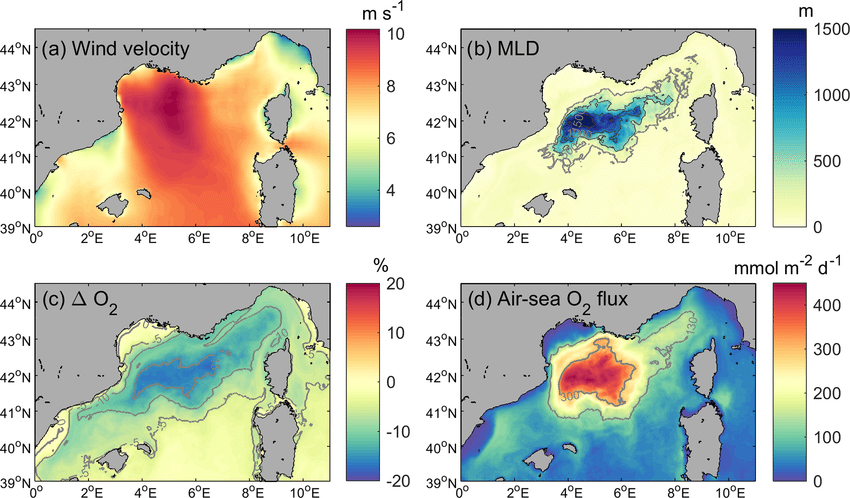Recent publication : Influence of winds, geostrophy and typhoons on the seasonal variability of the circulation in the Gulf of Tonkin: A high-resolution 3D regional modeling study
Violaine Piton, Marine Herrmann, Patrick Marsaleix, Thomas Duhaut, Trin Bich Ngoc, Manh Cuong Tran, Kipp Shearman, Sylvain Ouillon; Regional Studies in Marine Science 45(6):101849 ; DOI:10.1016/j.rsma.2021.101849
The present study explores the seasonal variability of the circulation in the Gulf of Tonkin (GoT) and associated water fluxes, and identifies the driving physical processes of this circulation. We use a 9 year (2009–2017)high-resolution numerical simulation. It is evaluated with historical hydrographic data, sea level data, high-frequency radar data and satellite products. Our results reveal a summer anticyclonic surface circulation and a winter cyclonic surface circulation, with a seasonal reversal of the circulation in the Hainan Strait (eastward in summer and westward in winter). In winter, a strong (∼0.4 m s⁻¹) downcoast current developing in the western GoT is responsible for most of the water export out of the GoT. EOF analyses reveal that ageostrophic currents (wind-driven currents) mainly drive the seasonal variability of the surface circulation in the GoT. The downcoast current is however both wind and density (geostrophy) driven. Our results further show the strong influence of typhoons. They can significantly modulate the seasonal circulation in the GoT by reversing the summer circulation and intensifying the winter circulation. Finally, it is shown that during few days of their passage, typhoon can generate a total water flux up to 4 times higher than the monthly climatological flux.





